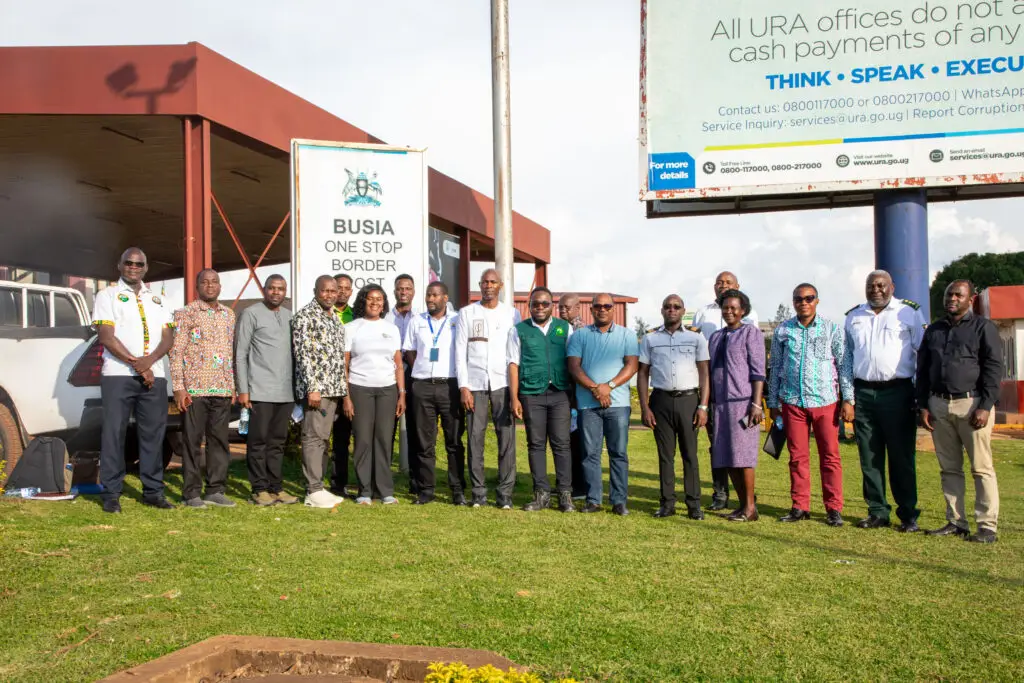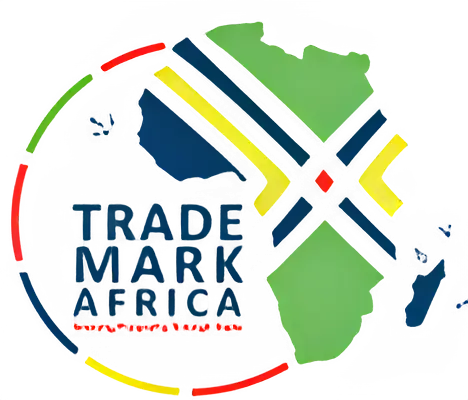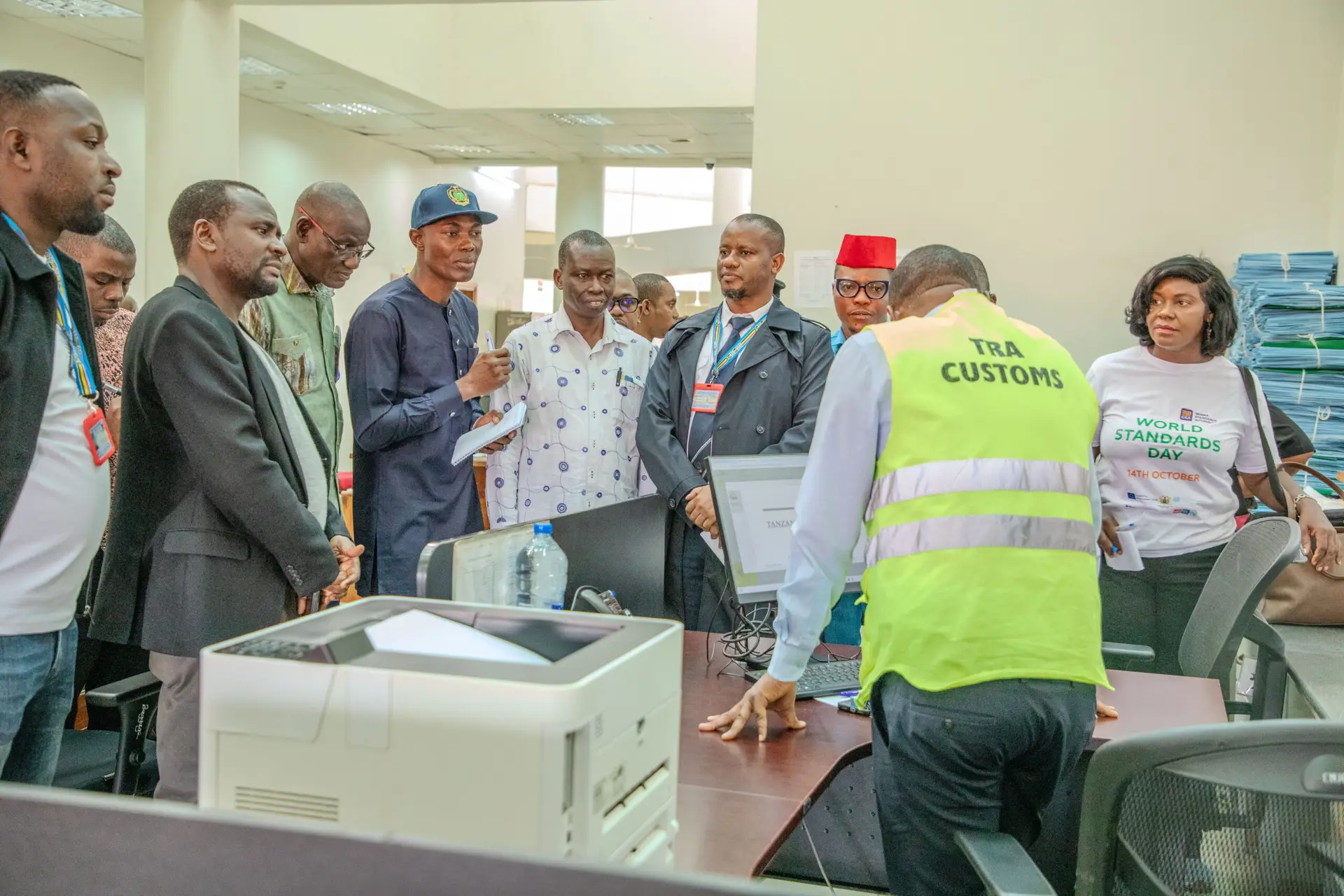On October 13 to 17, 2025, a delegation from the Economic Community of West African States (ECOWAS) crossed into East Africa with a simple but powerful mission – to learn. What they found, from Arusha to Namanga, and from Malaba to Busia, was both evidence of successful trade facilitation, and a living example of regional integration in action.
The benchmarking visit, supported by TradeMark Africa (TMA), brought together senior officials from the ECOWAS Commission and the East African Community (EAC) Secretariat to explore how harmonised standards, coordinated border management, and digital systems have redefined trade efficiency across the EAC region.
At the EAC Secretariat in Arusha, ECOWAS delegates heard first-hand how policy has translated into practice. The EAC has established 15 One Stop Border Posts (OSBPs) – 14 of which are fully operational – cutting cargo clearance times from an average of 10 hours to under two, and passenger crossing times from two hours to just 20 minutes.
That efficiency is a result of years of political commitment, policy harmonisation, and investment in quality infrastructure – lessons ECOWAS can adapt as it strengthens its own trade facilitation systems across West Africa.
At Namanga, where 18 agencies operate jointly on both sides of the Kenya–Tanzania border, ECOWAS officials saw how digitalisation and coordination can coexist. Systems now allow real-time data sharing, reducing clearance times by over 70%. Similarly, visits to Malaba and Busia highlighted how smart gates, cargo-tracking systems, and joint border committees have turned border management into a model of efficiency and trust.

But the delegation also learned that technology is not a magic wand. “Digital systems are a catalyst, not a substitute for collaboration,” one participant observed while echoing a truth that resonates across Africa’s regions. For integration to thrive, people must still cooperate, share, and trust the systems they build together.
In Nairobi, stops at the Kenya Bureau of Standards (KEBS) and Kenya Plant Health Inspectorate Service (KEPHIS) reinforced the role of standards and testing infrastructure in ensuring that African goods meet global expectations. KEBS alone has adopted over 200 Codex standards and contributed to more than 470 regional standards under the EAC framework.
For ECOWAS, these institutions showcased how credible certification systems and harmonised regulations open doors for exporters — turning regional policy into global competitiveness.
Across the week-long exchange, six lessons stood out:
- Political goodwill drives integration.
- Technology enables efficiency but relies on human coordination.
- Quality infrastructure builds trust and competitiveness.
- Continuous learning sustains regional progress.
- Partnerships amplify results.
- Stories matter — integration must be felt, not just measured.
These insights will be carried forward into the upcoming Abidjan–Lagos Corridor Forum in November 2025, where ECOWAS will build on what it has learned in East Africa.
The benchmarking mission reaffirmed that Africa’s integration journey is best driven by solutions tested in Africa, and that have factored in the continent’s nuances towards the AfCFTA vision of a single, connected market. As the ECOWAS-EAC partnership deepens, Africa has an opportunity to grow its ability to learn from itself – and to keep trading, together.


